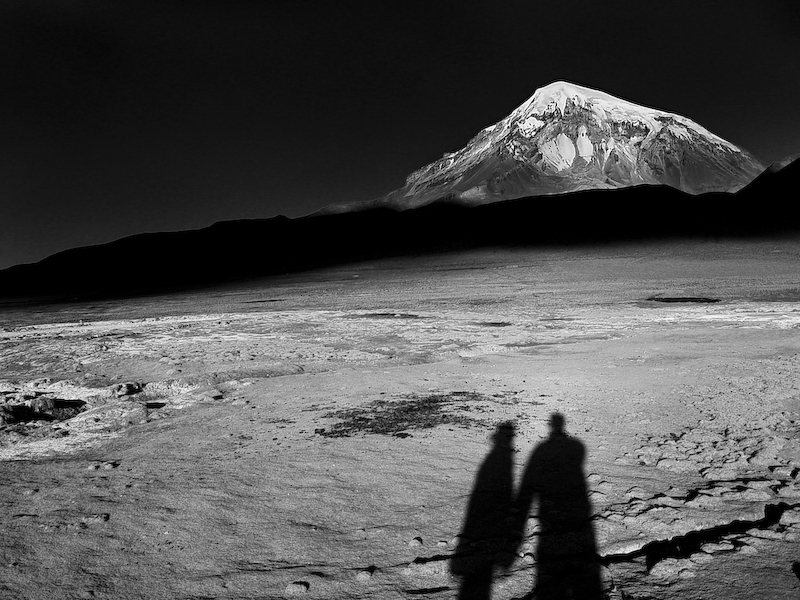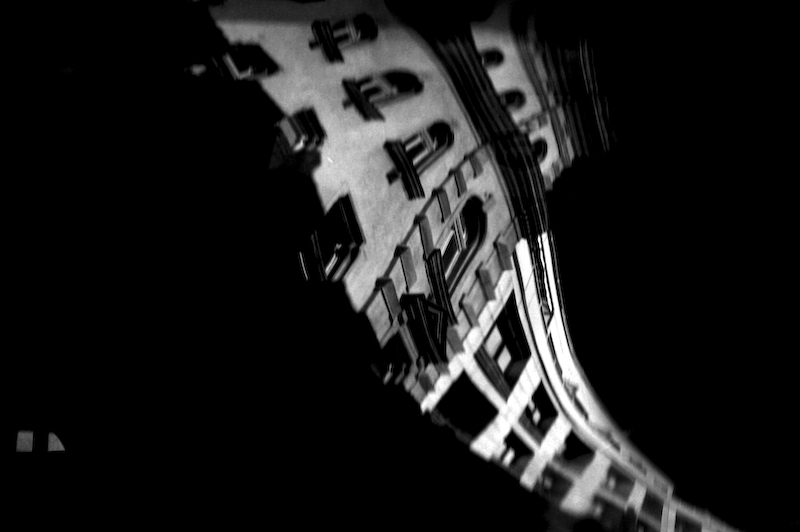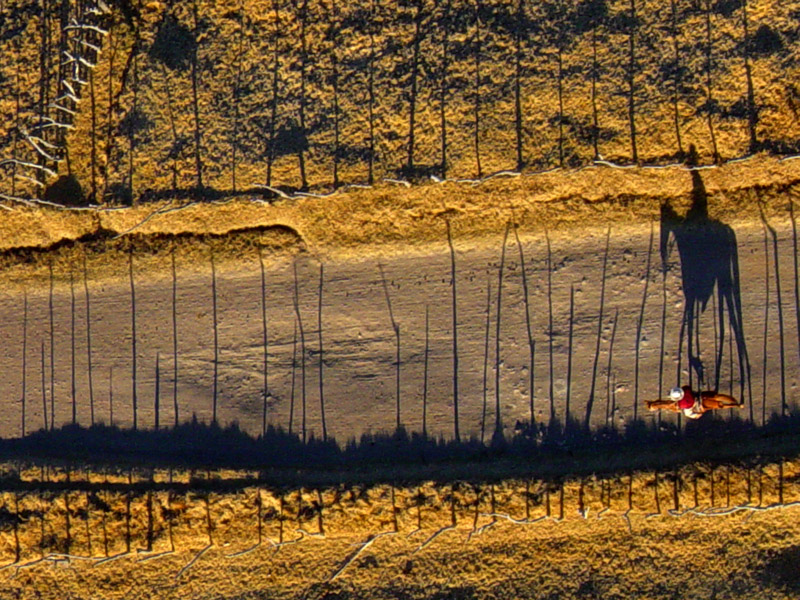I want a professional camera, what should I buy?

Most photographers get asked this question by their friends. Answering, “It’s not the camera, it’s the photographer,” is very true, but it is not what most people want to hear. This is particularly true when people imagine you have expensive gear. But you don’t need an expensive or fancy camera to get good results. I believe less is more and offer four tips to choosing a camera.
Buy an Art Book
Study composition. Study art. Learn what a Rembrandt effect is. Learn how light shapes depth and creates perspective. Then use a stupid camera (Use your phone!) to capture what you see. This will quickly show you the limitations of a camera that is in perpetual automatic mode. You will expect one thing, but get another. Don’t give up, keep trying. Soon you will develop a critical eye precisely because you have very little to work with, and learn to get the best you can with what you’ve got. At that point you will realize what you want to control in a camera in order to take better shots. This is when you are most ready to upgrade and get a camera with manual mode.

If you think you can’t get good results with a camera that fits in your pocket, consider this image I took with a Sony Cybershot 2.0–it’s as basic and automatic as any digital camera can be.
Choose Manual Mode
Buy a camera that has manual mode. Much later, once you understand manual mode, you will appreciate when to use shutter and aperture priority settings. This is the only way to really learn. If you keep your camera on automatic mode, you will waste your time and not learn much about camera use. Using the manual mode on my old Nikon D70 allowed me to balance exposure between shadows and highlights in this reflection, and give subtle changes in focus–it is unlikely an automatic camera would have solved these contrasts or helped me achieved this result.

Use Analog not Digital
This doesn’t mean you have to use film, it means you use old school nobs and dials that mode accessible from the controls on the camera and not through the menu. The more you can control with your hands the better. If you have to look at the screen and the menu to control your manual functions you will loose many picture opportunities simply because the moment passed before you could adjust. With practice your fingers will know how to move the dials quickly and you will already be anticipating what settings to keep your camera at. The camera will become an offshoot of your hands and eyes. If I had used the menu to navigate the camera settings on the Panasonic Lumix, I would focused on the screen and have missed this shot as it came through my viewfinder.

Invest in Glass
Choose a camera that can swap lenses. THIS IS KEY because a great lens will advance your skill and vision more than any camera body. A great lens on a simple camera will take a much better picture than a sophisticated camera and a mediocre lens. I took this image with a very simple, old, and second-hand Nikon D50, but used a Nikon 17-35mm f/2.8 lens–on of the best and most reliable. To illustrate the importance of a lens: the Nikon 17-35mm costs over US$1,700 new; the D50 is now less than $200.

In summary: invest in what you can take with you: a critical eye and good lenses, and choose a camera that can you can control, and not vice-versa.
– Jan